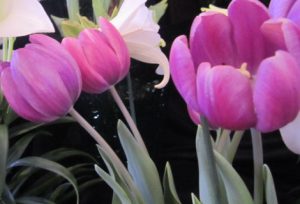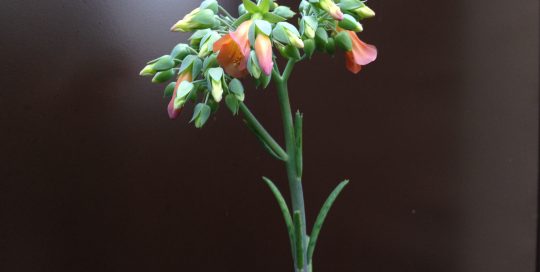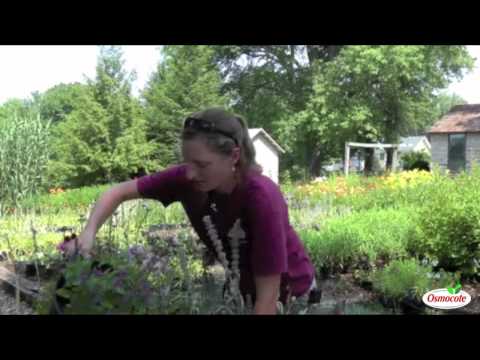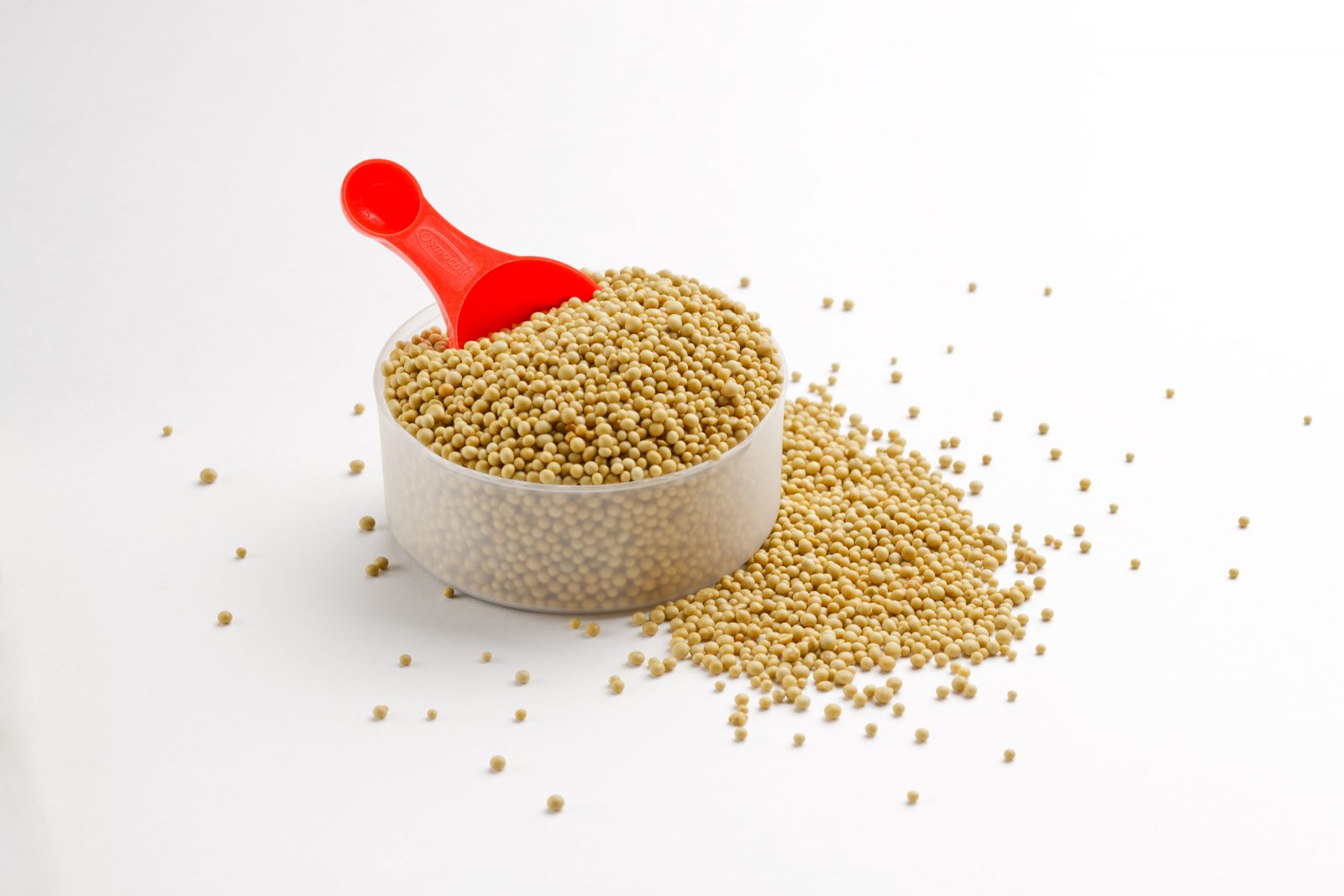Starting Spring Bulbs in Containers
Views: 5336

Everyone loves the arrival of spring flowers.
Crocus come first to give us hope that warm weather will arrive soon and erase the memory of winter’s chill with longer days of warm sunshine. Then Daffodils cheerfully announce spring is here with their bright yellow, white, and orange trumpet-shaped flowers. Tulips, some with frills, stretch towards the warm sun in every shade imaginable. Hyacinths sweeten the air with their intoxicating fragrance.
Ahh, yes, spring has arrived. But did you know that these (and any other) flowering bulbs can also be grown in containers and even indoors?
Best Containers for Spring Bulbs
Achieving a cheerful display of spring flowers on your patio or porch requires some planning. Bulbs must be planted in the fall to bloom by the following spring. If left outside in the elements over winter, bulbs must be planted in a large container, at least 24 inches. This gives them some insulation from the cold.
Choose a container made of materials less likely to crack in freezing temperatures, like wood, foam, metal, or plastic. Bulbs also may be planted in smaller containers. However, they should be moved to an unheated garage or shed once freezing temperatures set in.
Growing Spring Bulbs Indoors
Bulbs may also be grown indoors and forced to bloom any time of year by refrigerating them or keeping them in an area where the temperatures remainbetween 35 and 48 degrees Fahrenheit to artificially replicate winter. Depending on the bulb, this may take anywhere from 8-16 weeks in the cold. You will know when it’s time to move the plant to a sunny window when shoots emerge and are 1-2 inches tall.
Planting Bulbs
The general rule of thumb for bulbs is to plant them twice as deep as they are tall. If a bulb is two inches tall, plant it so its base is four inches deep. Usually there is some indication of roots on the bottom side of the bulb and this end should always be planted down, but if in doubt, always plant a bulb with the pointed end up. Water bulbs thoroughly once planted and keep lightly moist.
Using Potted Bulbs
Last but not least, if planning isn’t your thing and fridge space is limited, you can always find potted bulbs in bloom at your local grocery store or florist and slip these into containers. Also, pansies and violas make great cool-weather fillers around the base of flowering bulbs, or plant short bulbs like snowdrops, scilla, grape hyacinths, or squill around the edge of a container of taller bulbs, although they may not all bloom at the same time.
Meet Abbi Hayes
Abbi's Recent Posts

Kalanchoe delagoensis: Mother of Millions







